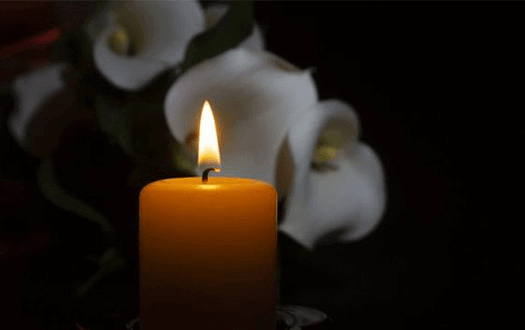Lastjourney Blog
The Significance and Process of 13 Days Hindu Rituals After Death

 Table of Contents
Table of Contents Reading Time: 3 minutes
The demise of a beloved one aches a lifetime but the initial thirteen days help us to accept the loss and process the unbearable grief through the last rituals. Each of the final rites offers the opportunity to honour the deceased person.
Let’s know the significance of all thirteen days’ rituals.
Cremation ritual
Right after the demise of a loving family member all the close ones start making arrangements regarding the Cremation of the deceased body. At the Cremation ground or Ghat, the following rituals are performed by the elder male member of the family.
- Cleaning the deceased body with the sacred water of the river Ganga. Some people also include milk and honey while washing the deceased body.
- Wrapping the cleaned deceased body into a plain and new white coloured cloth. Our scriptures say that if you are preparing a married female body for cremation, weak it in a red coloured cloth.
- The priest prepares the pyre for cremation with the help of close family members.
- With the chanting of holy mantras mentioned in our scriptures, the elder male person of the family set the pyre on fire.
- All the male members wait for the complete cremation of the deceased body and return home without looking back at the cremation place.
- The very next day a few family members go to the same place and collect the ashes or remains of the deceased person for flowing them into the sacred water of the river Ganga.
What does the cremation ritual imply?
Cremation is a crucial Hindu last ritual that allows the departed soul to liberate from worldly bondings. It is a gateway to meeting Parmatma.
The 13 days of rituals at home
After the cremation, the 13 days are considered the mourning period in our culture. During these days the family members follow some rituals strictly. Have a look at them.
- The family members eat simple and vegetarian food for the next 13 days.
- It is not allowed to go to other’s homes or a place where any religious or social function is going on.
- Wearing pompous clothes is also not allowed for the family members.
- Visiting temples and pilgrim sites is also not permitted to the close ones of the deceased member.
Why it is important to follow these rules?
Spending the next few days according to the above-given instructions implies that the family is remembering the departed person and expressing their grief and honour towards the passed one.
From the first day to the tenth day, the elder male member who took part in cremation should also perform ” Tilanjali and Pindadaan“. It is a ritual of offering rice balls to the departed soul.
Rituals on the 10th
On the tenth day, the same Pindadaan ritual is performed by the elder family member under the guidance of a priest at a Shiva temple on the river bank.
11th and 12th-day rituals
Till the 10th day, the house is considered impure. On the 11th day the elder person of the family sprinkles “Panchgavya” in the entire house. Panchgavya comprises five elements that are cow’s Milk, Ghee, Curd, Urine and Cow Dung. Family members are also instructed to take a sip of Panchagavya. Different kind of Shradh Karm is also performed in a cowshed for appeasing the ancestors of the family on this day.
On the 12th day, Sapindikaran Shradh is performed. It is believed that the deceased person on this day attains the title of Pitra and gets a place in Pitralok. Close family members must take part in the 12th-day final ritual.
13th-day last rite- Teheravin and Pagadi Rasam
With the Teheravin and Pagadi Rasam rituals, the mourning period of a family is considered ended. On this day all the relatives, neighbors, close friends and well-wishers of the deceased person are invited to the home for attending the Teheravin. They are served with a complete meal including sweet items.
It signifies the satisfaction of the departed soul.
Pagadi Rasam is a ceremony performed on the last day of the mourning period. This last ritual implies the transfer of responsibilities to the another elder person of the family by tying a Pagadi on his head.
Your email address will not be published. Required fields are marked *













